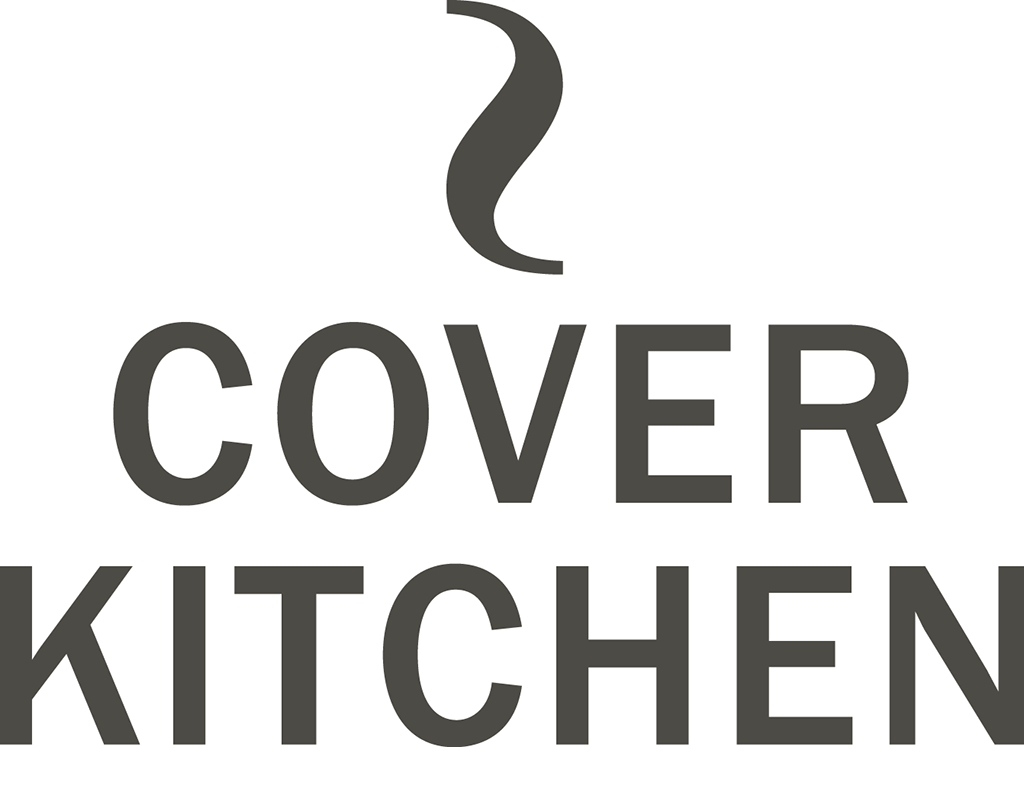KEY INGREDIENTS IN COOKING UP BOOK COVER DESIGNS
While each of our cover design recipes may differ slightly in execution, the key ingredients that combine to create a winning cover remain the same. Knowing and understanding these key ingredients not only help first-time authors fill in design briefs accurately and in as much detail as possible, but also shortens the preparation and cooking time.
For a fiction book cover, these key ingredients include: the final title of the book, trim size, genre and tone of voice, synopsis, key characters and elements, primary and secondary target readers, key selling points, spine and back cover text if available, and samples of covers in the same category you like. For non-fiction covers, this would also include the table of contents and sample chapters.
While some of these may be fairly simple to provide, others may seem unfamiliar to a first-time author. To help you better understand these key ingredients, our cover cooks are on hand to further explain both the concept and importance of providing the final title of the book, spine text, back cover text, and trim size in relation to the book cover design process.
Final Title of the Book
Of course, it goes without saying that the title of the book is the most important ingredient of a book cover. However, it is crucial that the final – and only the final – title be supplied upon completion of the design brief. A book’s title can drastically influence the cover’s look and feel; in the case of A Phantasmagorical Machine, the title is split as the typographic blades of a wind turbine, while Stitches sees the title meticulously cross-stitched on black fabric in reverse. In both cases, changing the title half-way through the design process would have resulted in our cover cooks having to start cooking again from fresh.
Spine Text
Often treated as an afterthought, the spine helps grab readers’ attention as they browse the shelves of bookstores. With this in mind, the spine text needs to be both effective and eye-catching. Typically, the spine will show the book’s title and author’s name, but it can also act an extension of the front cover image; for example, both The Education of a Wetback and Las Muñecas Chinas feature design elements that hold symbolic meaning within each story. It’s also important to note that the book’s word count can impact the spine; a short novel with fewer pages may not be thick enough to incorporate design elements on the spine, whereas a longer book will have more pages and therefore a thicker spine on which detailed designs and illustrations may be added.
Back Cover Text
The back cover is much like a second course; if the front cover whets a reader’s appetite, the back cover has to fulfil and satisfy them enough to purchase the book. Back covers of fiction books can include a tagline, a blurb or summary paragraph, testimonials and, possibly, a brief author bio and headshot, while non-fiction back covers typically include all of the above, along with the author’s credentials. Much like the title, the back cover text can have a drastic impact of a book’s cover design. Covers such as Umbra follow a traditional literary approach, featuring a blurb and a testimonial only, whereas Merry Fucking Christmas replaces the blurb with bold Christmas-related words placed on sales-inspired tags, extending the humorous Christmas theme.
Trim Size
The trim size refers to the height and width of a book after it has been printed and excess material required in production has been cut off. The trim size acts as a guide for our cover cooks in how much detail can be placed upon the cover design; books with a larger trim size can feature intricate illustrations with small details safe in the knowledge that these will be printed with clarity, whereas these details may be lost when printed using a smaller trim size.
The trim size also determines the aspect ratio - the ratio of the width to the height of a book cover. While the trim size may affect the clarity and level of detail used within a book’s cover design, the aspect ratio affects the composition. In the case of The Phantom Forest, our cover cooks needed to render a tree trunk with a much height as possible to give that sense of the tallness and size of a redwood tree.
If you’re ready to start preparing your ingredients and release the full flavor of your book, get in touch with the chef!


